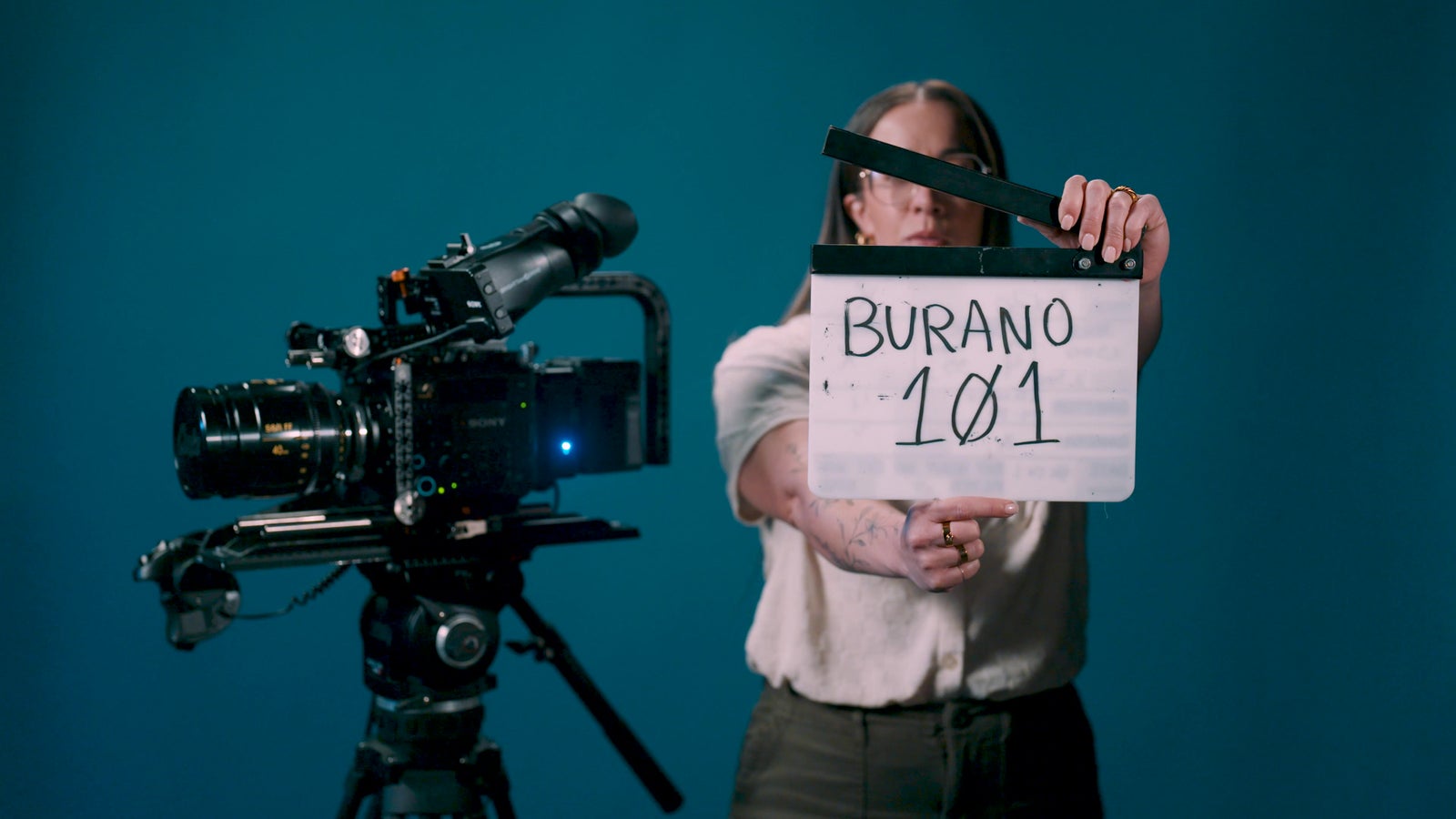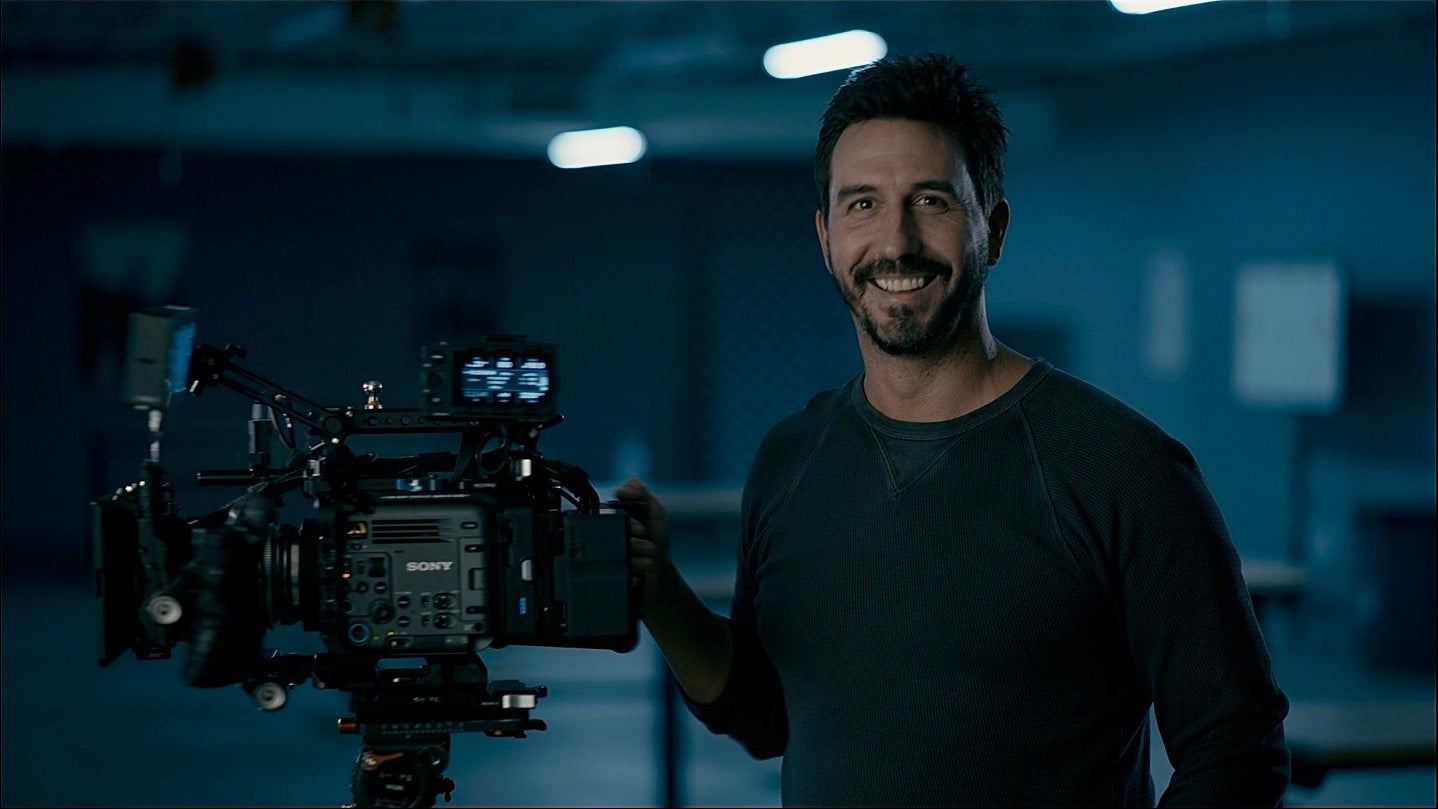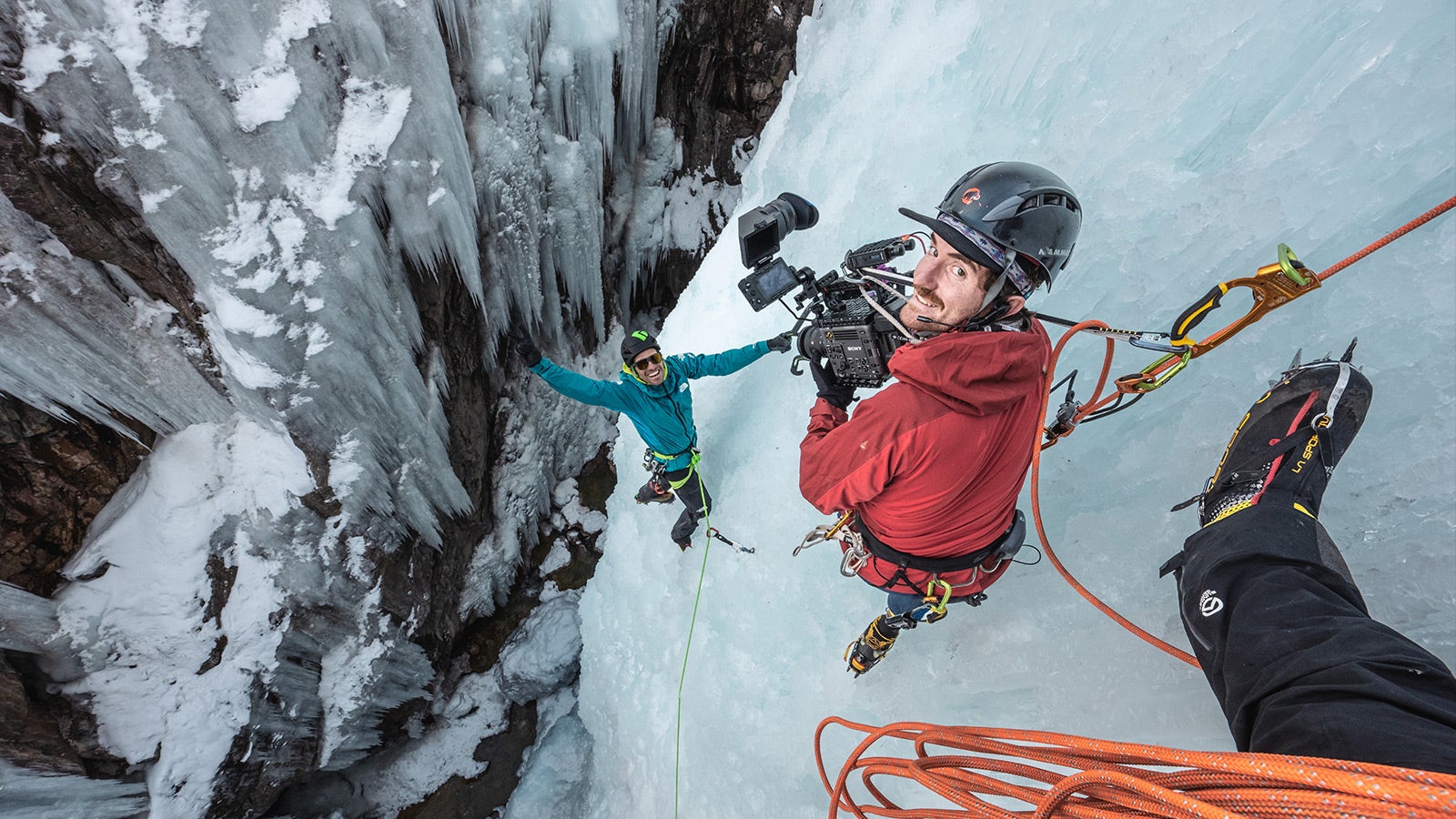
08-15-2025 - Filmmaker Interviews
Countdown Director of Photography Vanessa Joy Smith Pushes the Sony BURANO to New Heights for its First Network Series
By: Yaroslav Altunin
The Sony BURANO is a beloved tool for documentary filmmakers who thrive in the world of sports, reality television, and expedition filmmaking. The camera has braved ocean waters, the wrestling ring, and even glaciers in below freezing temperatures.
Now the camera system has found a new mountain to conquer in the Amazon Prime action series Countdown. Following the exploits of a special task force of undercover operatives, the show races across Los Angeles and its surrounding landscapes, where series DP Vanessa Joy Smith used the Sony BURANO to capture daring foot chases, gunfights, and action-packed car stunts over 13 episodes.
Sony Cine sat down with Smith, as well as producing director Jonathan Brown, and producer Marc Bienstock to learn more about the challenges of shooting a series in Los Angeles, how their creative decisions led to spectacular stunts, and how the Sony BURANO helped them weave it all together.
Filmmaker Interview: Vanessa Joy Smith - The Making of Countdown: Shooting a Show in LA, About LA
Created by Derek Haas, creator of hit shows like FBI: International and the Chicago-based television franchise of Chicago Justice, Chicago Med, and Chicago P.D., Countdown is a show that moves fast, both on the screen and on set. But shooting such an ambitious show in Los Angeles required the production team to shoot an episode in just eight days.
"The main thing, for Jonathan and me, was that we kept it small and moving and we leaned into the kinetic storytelling style of the show," Smith said. "There's a lot of motion, a lot of movement, a lot of car stuff."
"It was a very, very ambitious schedule," Smith continued. "It's a one-hour show, and we shot each episode in eight days. It was a lot of moving parts. We moved at least twice a day."
Even as the schedule dictated a fast-paced workflow, Brown and series creator Haas still focused on a compelling visual language that would balance an elevated narrative with imagery that felt real.

"One of the first creative things Derek said to me is he wanted [the show] to feel as real as possible," Brown said. "That [the actors] are actually out there. That stuff is really happening."
"It is an elevated show in terms of the banter and the action, but the more we can make it feel real and still fun and funny and action-packed, the better it'll land."
To achieve this balance, the production team focused on creating a small footprint. Fewer trucks meant the team could have more company moves, smaller cameras meant more opportunities for coverage, and having one Director of Photography allowed for a more cohesive visual narrative.
"The main focus, for Derek, Jonathan and myself," Bienstock shared. "Was how can we put as much of Los Angeles and these action sequences in front of the camera and not get bogged down by a lot of the weight that productions often tow behind the camera. Jonathan started his career as a cinematographer, so it was really beneficial to have him be part of the process because he immediately started talking about a smaller camera footprint."
"From a technical perspective, having his knowledge and his experience be part of that conversation, that was the impetus for us to aggressively pursue an approach with smaller cameras and being more nimble," Bienstock added. "We could really move about Los Angeles, capture these scenes and these sequences, wherever, whenever, within a day, and not be having conversations about the 27 trucks and 50 tons of equipment that need to move with us."

Filmmaker Interview: How DP Vanessa Joy Smith Captured Countdown on the Sony BURANO
With the creative tone and workflow foundation set, Brown and Smith needed a camera system that could thrive within their limitations. The team chose the Sony BURANO as their main camera, using three separate cameras for nearly every take, with an additional four to five Sony FX3s for additional cinematography.
"I pitched the idea of doing the whole [show] handheld and with three cameras. Three cameras all the time and second unit for some of the action stuff," Brown explained. "I was thinking, we should use the smallest cameras that still look good, which is how we got on the Sony BURANO. It's much smaller and lighter, so operators can hold it all day, get into tight spaces, and shoot in cars. It's also small enough that you can mount it on a dashboard."
"We want to be with our characters and with that we chose the BURANO and the FX3 as well," Smith said. "We paired those two together, which married well. Once I was in color timing, it was really impressive how well they cut together."
"Even some of the sprinting coverage we would do would be with the FX3 on a super lightweight handheld rig," Brown added.
The FX3 was also crucial for all the car work done for the series, which was either done via a tow bar or sometimes as real driving in a highly controlled environment.
"Our car mounts weren't as hefty, and they didn't take as long [to set up]. We could just do suction cups. It really allowed us to move fast," Smith said. "We would not have been able to do that without the FX3. It gave us a lot of flexibility."

Both Smith and Brown, as well as the camera team, also found the BURANO to be incredibly lightweight, even as the cameras were modified with robust rigs to better integrate the BURANO into a team-based workflow.
"Because the cameras are smaller and we were handheld and we had great operators," Bienstock said. "We had the ability, I think, to be in places that oftentimes you can't consider because they won't support this bigger footprint."
The addition of a third camera also elevated the kinds of compositions the team could achieve with the BURANO. With standard coverage being shot by two cameras, a third operator could be more daring with their framing.
"We always wanted to get the normal coverage that the audience expects, and the studio expects…but we didn't want to just get that," Brown said. "So, with the third camera, we were constantly using it to get different compositions. Hands, insert, eyes, profile three-quarter, all this stuff that when you cut, you can make it messy or just feel diverse in terms of angles."
Smith also found that marrying the BURANO with handheld was a perfect addition to the fast-paced shooting schedule. By leaning on the In-Body Image-Stabilization (IBIS), the cinematographer found she could use longer lenses and have more room for error during erratic action scenes.
"We used the internal stabilization when we used a long lens on the BURANO," Smith explained. "At certain focal lengths and certain movements…we used it in a way that took an edge off of a very messy handheld look when we were moving pretty fast. That feature was something I was really impressed with."

Filmmaker Interview: Vanessa Joy Smith - Countdown: A Television Series Crafted by Camera and Crew
Countdown is a series written for and about LA. Having the opportunity to shoot in Los Angeles allowed the show to tap into a city of high-skilled craftspeople who make Hollywood what it is.
"We would never have been able to shoot the show in the time frame [we had] if we weren't in L.A.," Smith said. "The crew is so experienced, and there's no other place that we would have been able to do it."
But having the BURANO in the hands of such a crew gave them new challenges and new opportunities to achieve a show that would have been more difficult and more expensive with other toolkits.
"I love the VENICE 2 so much [and] the BURANO gave me a lot of aspects that I love," Smith said. "The Dual-Base ISO, the similar color space, and just the all-around ergonomics of Sony. It's a camera that you can just throw on or put down, and it worked well for the show."
Stream Countdown now on Amazon Prime to see the wonderful work of Vanessa Joy Smith, Jonathan Brown, and Marc Bienstock. To learn more about the Sony BURANO and the other cameras in the Sony Cinema Line, visit our camera comparison chart.






